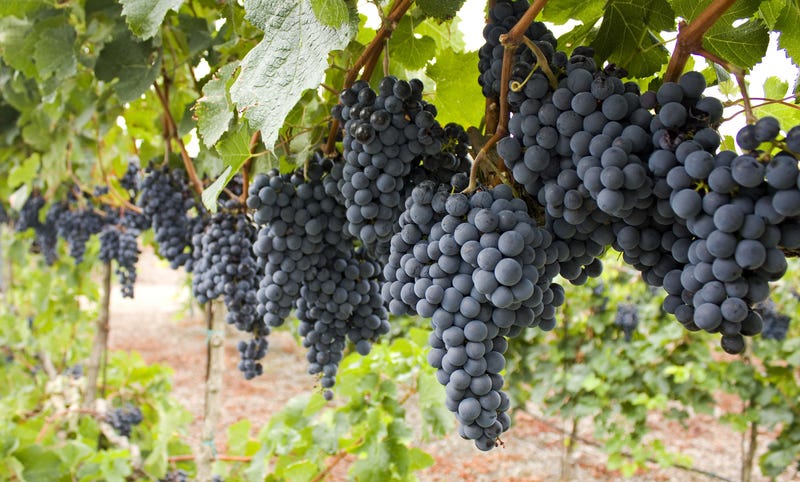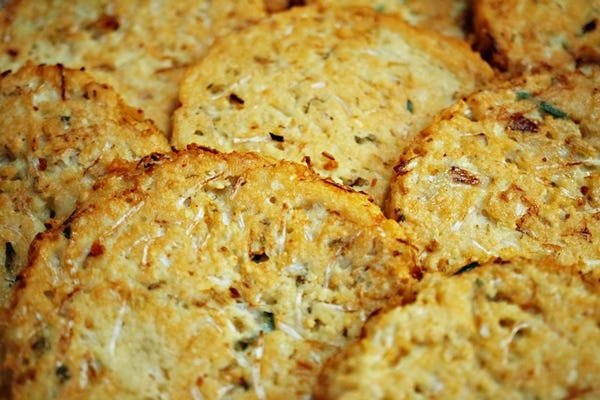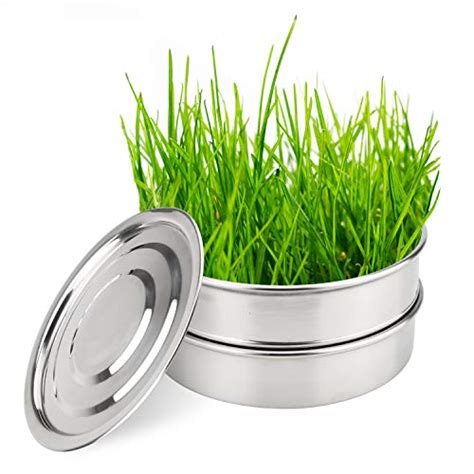Sprouting for Vitality
Nutritious, Inexpensive, Delicious, and Versatile
At 80, sometimes I cannot decide exactly where to start a story. My very early work as a medical astrologer usually began with listening to what I called the saga, the odyssey of the client’s search for health. This often involved multiple health care professionals, travel to foreign countries, and a wide variety of disappointing experiences. It almost goes without saying that when first diagnosed with a health problem, most people follow the advice of their doctors. The astrologer is often therefore a last resort after other attempts to heal have failed.
I learned from my clients. They talked about what they did and why. This was often followed up by further study on my part. I have a huge library and truly devoured most of the ideas behind hundreds of different treatments. A few stood out as worthy of the trust people put into the protocols. I say this cautiously because when the clock is ticking, where one puts the effort matters. In short, there should be solid reasons for the choices, especially if bucking the system.
In those early days, I heard quite a bit about the Hippocrates Institute and wheatgrass, about the grape and grape juice fast of Johanna Brandt, and about the carrot juice of the Gerson program. Little by little, the macrobiotic movement dominated the holistic health scene so it became necessary not only to address acidifying and alkalizing foods but to get my own yin and yang in order. To be honest, I have not reconciled all the nuances with my understanding of Ayurvedic medicine, something I have studied since 1968.
As time went on, various other diets and fasts came onto the radar. For this post, I simply want to help people to get started, not to critique any particular theory or protocol.
For a number of reasons, sprouting seems like a good place to start. There are many reasons for doing a little (or a lot) of indoor and outdoor gardening. Last night, when looking for good images of the equipment, the thought came through my mind that sprouting is actually a variation of hydroponic gardening, but it only takes a little counter space.
Some years ago, I got heavily into the promotion of sprouting when consulting with some people in the Congo who were trying to find inexpensive methods of producing nutrient dense food. If people are very poor, cooking is expensive. It requires some kind of fuel, and this is completely beyond the budgets of the those at the survival level of existence on this Planet. I devoted some time to solar cooking, but even the cost of a roll of aluminum foil was prohibitively expensive for some people. The pivotal issue here was that beans are nutritious, but they take a long time to cook. However, if they are sprouted, they remain nourishing but only require a little water and some time to become edible.
https://landscapingrevolution.com/sprouts/sprouted_beancakes.html
I was truly obsessing over some of these ideas. We want to avoid chemically grown food, genetically modified food, imported food that is ripened artificially . . . and I became passionate about locavorism, that is, relying mainly on food that is grown locally, about converting conventional landscaping to paradises for pollinators with edible foods and medicinal herbs, and about setting goals for how self-sufficient we need to be in order to lower our carbon footprints and address other challenges in the modern world.
My approach to some of the issues was perhaps more akin to that of a medical missionary than a farmer. It would not be fair to say that I grew up in an elitist family, but there was a tremendous emphasis on education, and farming was considered to be peasant work. Later in life, I had a wonderful chat with Gabriel Howearth about his first agricultural adventure. We both began with watermelon. His botanical prowess may have developed from that experience whereas I got in trouble for messing up the lawn. It goes without saying that this possibly stunted the development of my green thumb!
Once hearing about colony collapse disorder, I got really serious about bees and converted my yard to edible landscaping. This was to have been an adventure with an international outreach, but if it was important 15-20 years ago, it makes even more sense today when food prices are soaring and food shortages seem to be occurring on a wider scale. From both a sociological and economic standpoint, it makes absolutely no sense to outsource agriculture. Everyone can grow a little bit of extremely high quality food on a window sill or balcony or kitchen counter.
Before tackling the equipment needed, there are two further introductory remarks I want to make. The first is that I created a website called landscapingrevolution.com. To be honest, I was deeply moved by the work of Masanobu Fukuoka. His thinking was out of the box and he created a global movement with his Zen of the “one straw”. Friends contributed a huge amount of material on sprouting so you can read the entire story here:
https://landscapingrevolution.com/sprouts/sprouting.html
Secondly, food is not only about chemical compounds and nutrition, it is about vitality or prana. If we take a Kirlian photograph of a leaf or fruit, there is a very symmetrical aura surrounding the newly harvested plant material. However, as time goes on, this dissipates. The secret behind the ability to survive as a breatharian is probably that we can actually live on prana, but then we need to have a good supply of fresh air and sunlight. Plants step down these vital elements through their unique relationship with the sun. We are therefore dependent on the plants for the services they render. We should reciprocate by showing appreciation and lavishing TLC on the plants.
So, whether keeping a pot of holy basil in the house in order to show our reverence or whether growing food for consumption, we should keep in mind that farm to table has more vitality than what we find in a supermarket. I hope this is the impetus needed to commit to at least a little self-sufficiency.
I live alone, but I have a kitchen counter and a tiny greenhouse . . . plus, the pollinator paradise. Even at my age and with the immense amount of time I spend at the computer, I still manage to grow a bit of my own food and even sometimes to share it with others.
The purpose of this post is to motivate a commitment to growing some of your own food. So, I am not including instructions or recipes, just nudging to create a garden or kitchen space and organize the equipment needed . . . except that I will use cilantro as an example since it is main herb use to chelate certain toxic metals.
Sprouting is really simple. Since we are starting with cilantro, let’s show the options.
Cilantro actually grows indoors even a little better than outdoors. So, it can be grown in a pot or sprouted. The pods have two seeds inside. They will germinate faster if the pod is a tiny bit crushed. They like morning sun. Harvesting can start within roughly two weeks, three at the most. This is interesting to consider because the early harvest will obviously be tiny . . . and we want to start very slowly and carefully so just a few leaves will be enough.
Basically, for sprouting, people usually use either trays or jars. I have both and prefer trays, but I know others who prefer jars. Either way, there are sets available for under $30. If you already have Mason jars, all you need is some lids.
Remember, if you have amalgam dental fillings or wear braces on your teeth that are made of metal, you do not want the cilantro to come in contact with the fillings or braces. Don’t eat cilantro pesto and don’t use cilantro chutney . . . even if you love cilantro!
First published on Substack on 20 January 2023 || All Rights Reserved
There is a supplement to this post with a list of seeds that can be sprouted. It is in pdf form that can be downloaded for your convenience.








Hi Ingrid! Loved this article and just wanted to say that I was sprouting for about a year and then suddenly with no changes, it seemed that not all of my seeds would sprout so about half of them just sat at the bottom of the mason jar no matter how long I kept them. I tried different batches and then gave up. I know that is a very vague question, but what kinds of things could cause this? Too many seeds? Not enough sunlight? Maybe something changed in the water (it was well water).
Thank you!
Rita